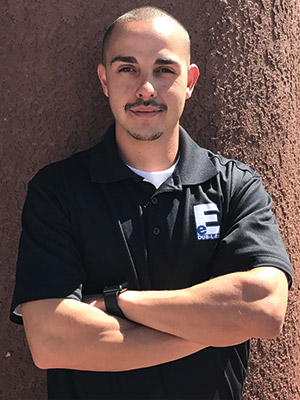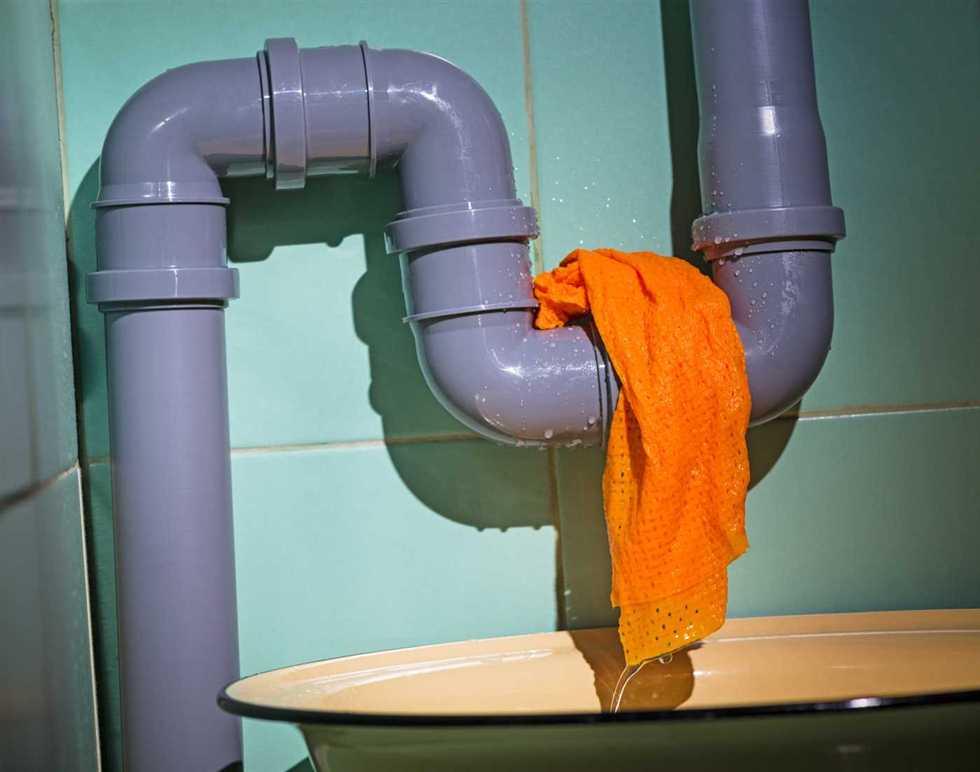We tend not to think about our home’s plumbing until something goes wrong. When you suspect a water leak, there are a few steps that you should take, and by following them, you’ll save water and money. Let’s get started:
Confirm the Leak
The first step is to confirm that the suspected water leak is, in fact, a material water leak. There are a number of ways to do this. At the earliest stages, you might consider checking your water meter and water bill. If they’re abnormally high, it’s a strong sign you have a leak. That said, you’re already suspecting a leak, so for most of you this step won’t be as important.
Once you’re fairly certain you have a leak, you’re going to want to try to locate it. Sometimes, this task is relatively easy – you can listen for dripping, find where it’s coming from, and locate your leak. You might suspect a leak due to water spots on your wall – here, the source of the leak is fairly obvious, and it would be a very good time to call a plumber.
When it comes to fixtures, there are a number of ways you can verify if they’re leaking. With toilets, you might put food coloring in the toilet’s tank, wait about 20 minutes, and if the color begins to seep into the bowl, you’ll know you have a leak. Check your outdoor fixtures too – you may have a leaky spigot, which you can check by attaching a hose and seeing if it leaks.
Don’t be afraid to use your senses to find the leak, either – damp spots may smell funny, and as we’ve mentioned, you might be able to see or hear the leak. You know your home – be vigilant.
Deal with the Leak
You have two options for dealing with the leak: fix it yourself, or call a plumber. For some leaks (especially fixture leaks), the do-it-yourself option can be viable, as long as you have some confidence in your home repair abilities. You might, for example, fix your leaky spigot in a variety of fairly simple steps. You might also temporarily patch leaks with patch kits you can find at hardware stores, or even duct tape, but keep in mind these are temporary solutions.
Temporary solutions are not enough, and that’s when calling for a plumber comes in handy. When you can’t detect leaks on your own but you’re fairly certain you have one, you should also call a plumber. They’ll be able to permanently fix your pipes and identify other potential weaknesses in your plumbing structures. They’ll also be able to repair or replace fixtures like toilets. Looking for plumbers in Albuquerque who can help you out? Get in touch with us!

Eddie has been a resident of Albuquerque his entire life.
After he graduated from high school, Eddie joined the Plumbers & Pipefitters Union where he obtained his Journeyman Plumber and Journeyman Gas Certifications. He then worked in the commercial plumbing industry for 7 years until he and his father decided to go into business together and started Dub-L-EE, LLC.
In the last 7 years Eddie has obtained his GA02, GA03, and MM98 certifications allowing Dub-L-EE to fully utilize Eddie Sr. and Eddie Jr.’s expertise in the construction industry.

